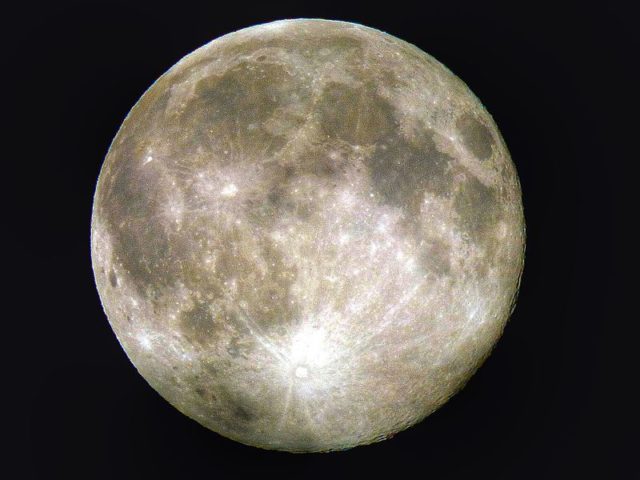
It seems like Supermoons are all the rage right now, with the bombastic term used whenever the moon’s squashed orbit brings it slightly closer to the Earth. But while most supermoons are simply a little bit brighter, the one taking place in the early morning hours of Monday, November 14 is one for the history books. It hasn’t been this close since 1948 and won’t be again for the next 18 years, Elizabeth Howell reports for Space.com.
The term “supermoon” may sound like a big deal, but the phenomenon is fairly common. Scientifically, its known as a perigee full moon, which is a term for the moon when it arrives at its closest orbit to the Earth all the while fully illuminated by the sun’s rays, Samantha Cole reports for Popular Science. This is the second month in a row that we will experience a supermoon, with yet another coming in December.
That’s not to say that supermoons can’t be impressive. According to NASA, they can be about 30 percent brighter and appear 14 percent larger than a normal moon. They can appear even larger thanks to an optical illusion that occurs while the moon is close to the horizon—when it rises behind closer objects, like trees or buildings, the moon can appear unusually large.












